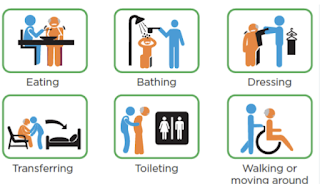Specified Disease Coverage

Specified Disease Coverage It is designed to pay benefits ONLY when an initial diagnosis occurs as a result of a covered critical illness. Coverage is only for the Critical Illnesses specified. Specified Disease coverage is not provided for other diseases, accidents or disabilities. Coverage that provides primarily pre-determined benefits for expenses of the care of cancer heart attack, stroke, organ transplant, renal failure, paralysis and/or other specified diseases. Specified Disease insurance provides a cash benefit when a covered person is diagnosed with acovered specified disease or event after coverage is in effect. Specified disease policies will not provide coverage for any disease or condition that was diagnosed prior to purchase of the specified disease policy and is not as substitute for your comprehensive coverage. The benefit of such coverage depends on the chance of getting a specific disease or diseases covered by insurance policy. An insurer under this policy w...




















